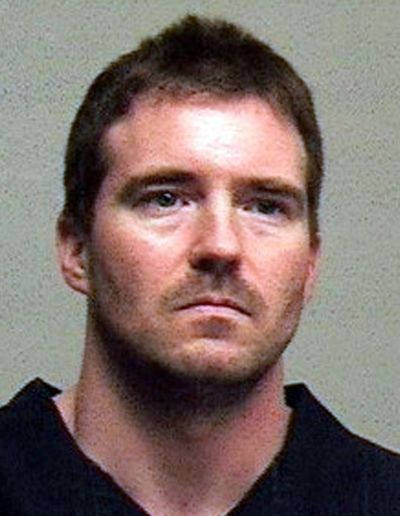Pliers may be allowed as evidence in Harpham trial

A federal judge said Thursday that he is leaning toward allowing prosecutors to show that marks made on the wires of the bomb planted on Martin Luther King Jr. Day in Spokane came from a set of pliers owned by Kevin W. Harpham.
If he allows the testimony, it would be the first time in a federal trial.
“To my knowledge, there is no reported case of identification from tool marks from a pair of pliers,” U.S. District Judge Justin Quackenbush said.
However, Quackenbush said he remains a “doubting Thomas” and warned Assistant U.S. Attorney Joseph Harrington that he and the 14 jurors who have yet to be selected to hear the case will be sophisticated people. “When the government presents that type of evidence, I wonder how strong their case really is,” he said.
Attorneys will reconvene today to argue motions to suppress statements made by Harpham, as well as evidence seized from his computer and his car following his March 9 arrest on charges that he planted a bomb and targeted minorities at the Jan. 17 unity march in downtown Spokane.
Two contract workers discovered the bomb in a backpack and Spokane police rerouted the march just minutes before it began.
Harpham, 37, is scheduled to appear for trial on Aug. 22, and attorneys will make their final oral arguments today about the evidence gathered by the Federal Bureau of Investigation.
To that end, the judge heard more than three hours of testimony from a forensic examiner at the FBI laboratory in Quantico, Va., about the methods, training and supporting material to suggest that he could definitively say the marks found on the bomb’s wiring came from a specific set of Klein crimper pliers.
Brett Mills took the witness stand and explained how he examined the bomb from Spokane as part of his duties, which also include testing the components from many of the improvised explosive devices coming from the wars in Afghanistan and Iraq since 2006.
He said that he and other technicians study imprint and striation marks – such as those made when a crimping tool is used to strip the insulation from a wire – just like they check the identifiable marks made on bullets as they scrape against the rifling inside of gun barrels.
“The pattern matching techniques used, whether a gun … or a pair of pliers, is the same in all of our examinations,” he said.
Mills went on to say that the same batch of pliers coming off the assembly line will result in very different markings from each set of pliers. “You are going to have a practical certainty that no other tool out there could have made that mark,” said Mills, who added that to his knowledge he has never made an incorrect match between a tool and the evidence.
Defense attorney Roger Peven questioned why Mills didn’t test any other pliers of the same make and model. He also argued to Quackenbush that he can’t cross-examine someone who is never wrong.
The judge agreed, saying he wondered why Mills didn’t test other pliers of the same model. But he told the attorneys that it is his “impression” that he will allow the testimony about the similarity between the marks on the wires and the tool.
“I would not allow this witness to testify that it was this pair of crimpers to the exclusion of all others in the world,” Quackenbush said.